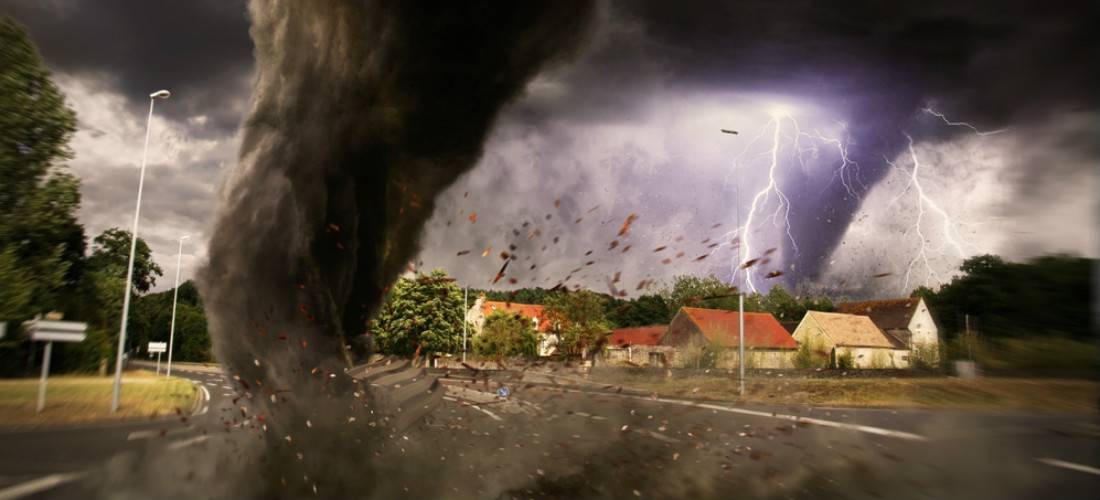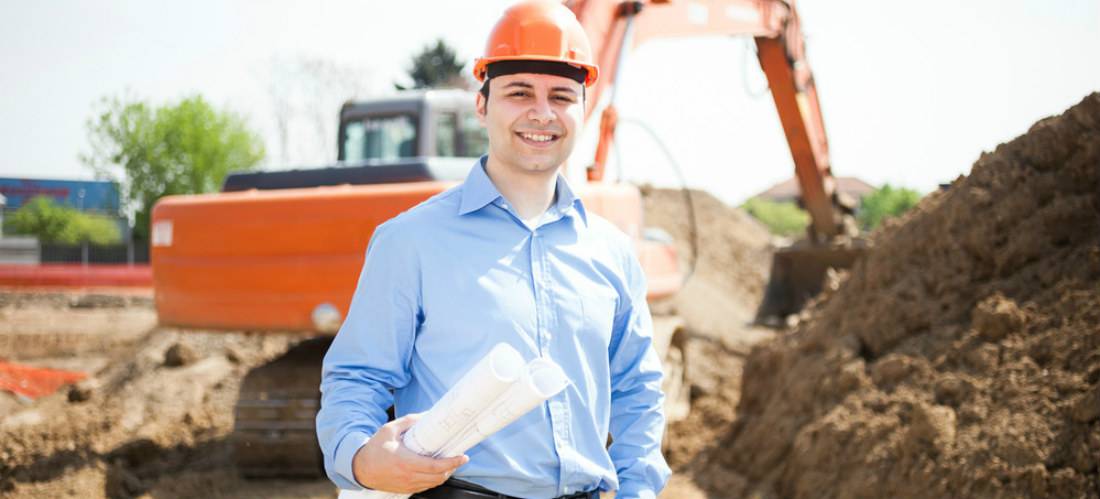When considering a DIY underground storm shelter, think of design, location and area building codes.
Protecting yourself from extreme weather conditions is no easy task. Luckily do-it-yourself or DIY underground storm shelters are available to protect you and your family from the elements.
DIY storm shelters are super-strong safe rooms built into your property and designed to withstand dangerous tornadoes, high winds and flying debris.
Even if your house falls apart, with the proper storm shelter construction you and your family will remain safe.

Storm shelters, also known as "safe rooms" are a great idea if you live in "Tornado Alley" in the panhandle of Texas, or are simply worried about violent storms with high velocity winds. Many, when faced with a severe storm, simply go to an interior room in their home and pray for the best. However, these areas aren't designed to withstand extreme winds and the heavy wind-driven debris that accompanies strong winds.
Building your own storm shelter won't cost a fortune. It will guarantee you and your family's injury-free survival against any storm that comes to town.
The first consideration for creating DIY underground storm shelters is what sort of safe-room design you will employ. The Federal Emergency Management Agency (FEMA) provides a free booklet that provides explicit construction information for building a variety of safe rooms. The different designs to choose from are based on the materials you decide to use and include:
- A wood/steel design.
- Reinforced concrete.
- Reinforced concrete block.
- Fiberglass.
- Welded solid steel.
The wood/steel design is best for DIY safe rooms while the other types may require the assistance of a professional contractor for installation. QualitySmith can put you in touch with a variety of skilled contractors to help fulfill your safe room and other residential renovations needs.

The second consideration when building your DIY your storm shelter is to determine where you will put your storm shelter. Storm shelters can either be created from a space already in your home or stand as a separate unit on your property.
To insure your safety, be sure not build your underground storm shelter on a flood plain. Instead, if you live in a flood-prone area, you should build your safe room in the core of your building.
After you determine the location of your storm shelter, you should then check local building codes to ensure that your design meets all applicable building and residential code guidelines.
Lastly, once you build your storm shelter, you should create an emergency kit and store it in your shelter.
Creating an DIY underground storm shelter requires a consideration of what design you will employ, where your storm shelter will be located, and what applicable building and residential guidelines exist.
DIY underground storm shelters are a great but challenging project. If you live in areas with high winds or extreme weather, an underground storm shelter is a great way to increase the value of your home and improve the quality of the lives in that home.













Write a Comment